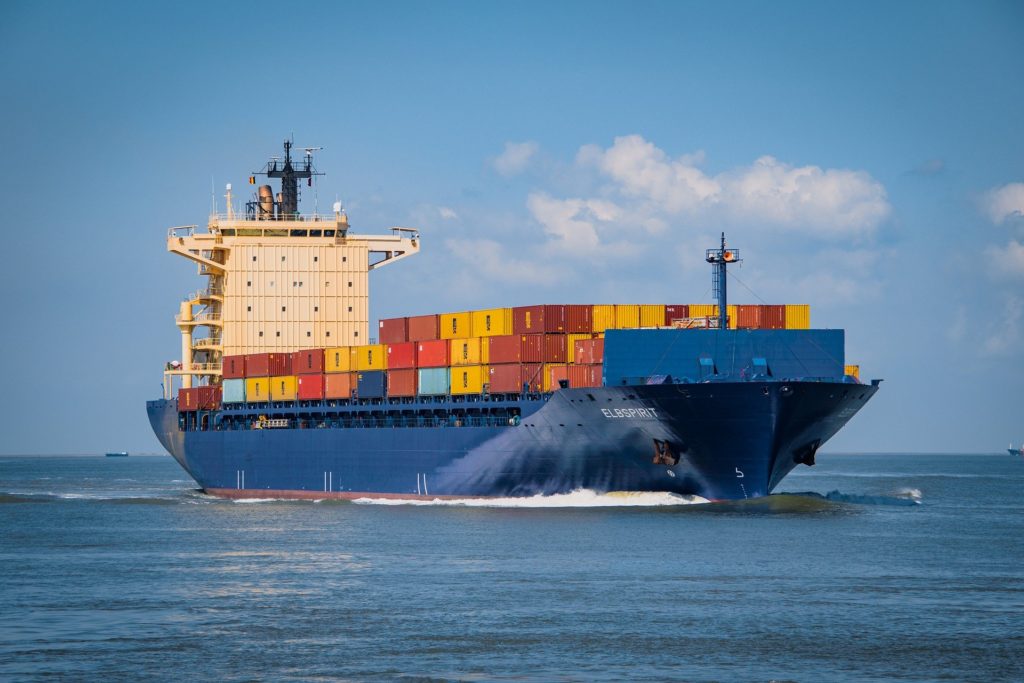
By Tham Soon Seong
PENANG, March 30 – The extreme shortage of ocean going vessels, container shortages, soaring fuel costs, currency fluctuation have seen a massive increase in freight costs by between 100 and 700 percent in the last few months.
The Covid-19 pandemic had contributed to the matter while several incidents on seas including the Suez Canal incident last year, where a gigantic container vessel of Evergreen shipping line was stuck in the Suez Canal for days, had only contributed to the rising shipping cost.
Now, the Russia-Ukraine conflict is threatening to make matters worse, as it has brought about price fluctuations in fuel and currency.
Ships lined in the major trade routes are already introducing two very crucial freight factors, the commonly known CAF (currency adjustment factor) and BAF ( bunker adjustment factor) to mitigate the soaring costs of fuel and currency .
The inclusion of the CAF and BAF would inevitably further increase the ocean freight rate in major trade routes. Examples are the North Asian – European routes, North Asian- Pacific North American routes, where near 80 percent of the supply chain lies.
The CAF and BAF would easily add another 8 to 10 percent of the already soaring freight cost.
To illustrate the increased rates for an example: The average ocean freight rate of a twenty-footer container is US$4000, so the new cost for per 20-footer container would increase by close to US$400.00
This would ultimately not only affect ocean freight cost but the effects will also spread to forwarding and port handling charges (due to congestion and shortage of equipment), inland transportation, insurance, and bank charges among others.
This will be particularly bad for the poorer and landlocked nations, and countries with high foreign debts, as has been reported in a recent article in the International Monetary Fund (IMF) blog – How Soaring Shipping Costs Raise Prices Around the World.
These countries would be crying for help soon. An example of this dire situation is Sri Lanka, which has been having difficulties importing paper and printing ink for education purposes. What if they don’t have reserves to take care of foodstuff and fuel imports ?
Many other third world countries are also presently locked in debt traps including 40 African countries, central Asian countries and Latin American countries such as Peru, Chile, Barzil, Venezula and Agentina.
Global institutions that could play a role in helping these countries include the IMF, World Bank, Asian Development Bank and the recent Bank set up by BRICKS nations. Without China, a state economy taking the lead, other industrialised nations namely the US, UK, EU, Japan and S. Korea will be also caught in the “stressed trap”.
Hence, the sooner the war between Russia and Ukraine is brought to an end, it will be easier to manage a problem that has already been growing and that could possibly produce more troubled months ahead this year and in 2023.
Tham Soon Seong from Penang is an active economic and political observer. The views expressed here are that of the author’s and not necessarily that of the Weekly Echo’s.